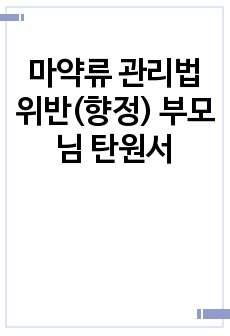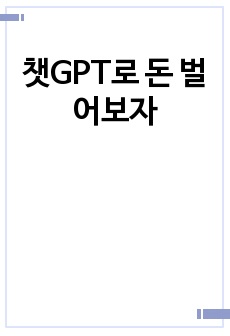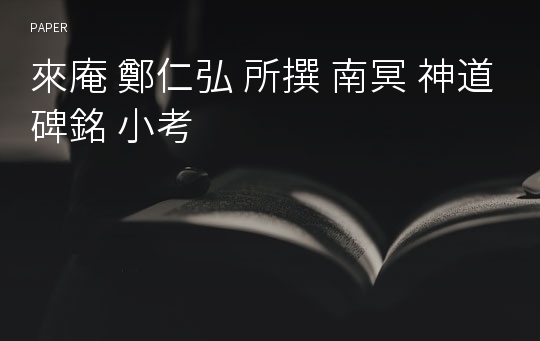* 본 문서는 배포용으로 복사 및 편집이 불가합니다.
서지정보
ㆍ발행기관 : 경상대학교 남명학연구소
ㆍ수록지정보 : 남명학연구 / 40권
ㆍ저자명 : 李相弼
ㆍ저자명 : 李相弼
목차
Ⅰ. 머리말Ⅱ. 작성배경
Ⅲ. 형식과 내용
1. 찬술의 배경
2. 일생의 요약
3. 이력의 핵심
4. 부인과 자손
5. 명문
Ⅳ. 현양과 폄척
Ⅴ. 맺음말
한국어 초록
南冥 曺植의 神道碑로서 가정 먼저 세워진 것은 1617년 무렵, 그 문인 鄭仁弘이 찬술하고 정인홍의 문인 裵大維가 글씨를 쓴 것이다. 이 비석은 1623년 仁祖反正에 의해 정인홍이 賊臣으로 몰려 처형되고 난 뒤 사람들의 눈앞에서 없어지고 말았다. 겉으로는 적신으로 처형된 정인홍이 찬술한 글이기에 넘어진 것이지만, 내용을 들여다보면 퇴계를 은근히 비판한 글이기에 더욱 세워둘 수 없었던 것이다.이 글이 찬술된 것은 1615년에 남명이 영의정에 증직되어 신도비를 세울 수 있었던 조건이 충족되었고, 정인홍이 남명의 문인 가운데 주도적인 위치에 있었기 때문에 가능했던 것이다.
정인홍은, 퇴계가 그 문인들에게 편지나 대화를 통해 여러 차례 남명을 비판하였으므로 그것이 알려져 남명이 문묘에 종사되지 않은 것으로 판단하고, 이 글을 쓰기 이전까지 적어도 7편 정도의 글이 남아 전할 정도로 여러 차례 퇴계에 대한 비판을 시도하였으며, 이 글은 그 결정판이라고도 할 수 있다.
남명의 일생에 대해서는 대곡이 찬술한 묘갈명이 가장 극진하다고 생각하고, 이 신도비명에서는 오로지 남명의 학문 내용이 유가의 정통에 해당되며, 퇴계의 남명 비판은 잘못된 것이라는 논리로 일관하고 있다.
정인홍이 이러한 글을 쓸 수밖에 없었던 점은 「跋文解」에 보이는 바, 문인으로서 스승의 학문이 誣陷당한 데 대하여 坐視하는 것이 도리가 아니기 때문이다. 師生間의 義를 생각한 데서 나온 정당한 행동으로 스스로 인식하였기 때문에, 당대 최고의 인물이라 알려져 있던 퇴계에 대해 과감하게 비판할 수 있었던 것이다.
결과적으로는 실패하였지만, 이는 정인홍이 광해군 때 實職에서 行公해 본적이 없으면서도 遙執朝權하던 山林政丞이었다는 점과 인조반정이라는 당시의 정치적인 문제에 묘하게 맞물려 있었던 것이 첫째 원인이었고, 다음으로는 당대부터 퇴계가 가지고 있었던 막강한 영향력을 내암이 결국 당해내지 못했다는 것이 둘째 원인이라 할 것이다.
정인홍이 정치적으로 패퇴한 인조반정 이후 대부분의 남명 문인이나 정인홍의 문인 후손들이 차츰차츰 남인화하거나 서인화했지만, 진주를 중심으로 하는 서부 경남 일대에 현재에 이르기까지 400여 년에 걸쳐 남명 정신을 추존하는 사람들이 많았던 것은, 남명의 학문적 영향력이 결코 가볍지 않음을 단적으로 보여주는 것이며, 그런 측면에서 보면 정인홍의 남명 신도비명 마지막 부분에서 언급한 ‘冥道日月’이라 표현한 기대가 앞날을 내다 본 표현이 아닌가 생각된다.
영어 초록
The first-ever Ghost Road Monument for Nam-myeong Jo Sik was set up around 1617 and its epitaph was composed by a literary man named Jeong In-hong who was taught under Jo and carved by Bae Dae-yu a literary man taught under Jeong In-hong. This monument was eliminated after 1623 when Jeong In-hong was executed as a rebellious subject during the enthronement of King In-jo. Apparently it was demolished because it was composed by a rebellious subject named Jeong In-hong but, in fact, it was removed since it was a writing which implicitly criticizes Toe-gye.The monument could be set up since Nam-myeong was appointed to the prime minister in 1615 and Jeong In-hong was the leader among literary men of Nam-myeong.
Jeong In-hong supposed that, in the presence of his literary men, Toe-gye had often criticized Nam-myeong by means of a letter or dialogue and that, consequently, Nam-myeong was not enshrined at a Confucian shrine. So, in return, In-hong often tried to criticize Toe-gye by means of writings, of which at least 7 was extant when In-hong composed this epitaph which may be the finest example of the criticisms.
Being convinced that the gravestone inscription composed by Dae-gok is what best describes the life of Nam-myeong, in this Ghost Road Monument Epitaph, In-hong just elaborates to explain that only the learning of Nam-myeong is the orthodox principles of Confucianism and that Toe-gye’s criticism against Nam-myeong was wrong.
Such an intention of Jeong In-hong is explicitly expressed in a solution to the epilogue insomuch as In-hong as a pupil of Nam-myeong could not allow the academic learning of his teacher to be slandered. Being so much assured that it was his duty to treat his master in a proper and righteous manner, In-hong did not hesitate to boldly criticize Toe-gye who was considered the greatest scholar in those times.
His attempt of such a kind resulted in a failure firstly because Jeong In-hong had never been appointed to a government official during the rule of Prince Gwang-hae but remained to be just a so-called senior minister living in the woods and remotely controlling the government and because his endeavor was intricately interconnected with the political situations at the time of enthronement of King In-jo and secondly because In-hong could not overpower the strongest influence of Toe-gye which had been long exerted at that time.
After the enthronement of King In-jo, due to which Jeong In-hong was reduced to a political failure, most of literary men of Nam-myeong or the posterity of literary men of Jeong In-hong gradually turned to be sided with the clique called “the people of the south” or the clique called “the people of the west.” Yet, for more than 400 years, many people have followed the spirit of Nam-myeong in Jinju and other regions in the western part of South Gyeongsang Province, which fact clearly indicates that the academic influence of Nam-myeong has not been simply meager. In this sense, the present author believes that Jeong In-hong has some sense of prophecy since the last part of the Ghost Road Monument Epitaph for Nam-myeong mentions ‘the solar light over a dark road.’
참고 자료
없음태그
"남명학연구"의 다른 논문
 중국의 현대한자 구형분석과 관련된 ‘규범’ 고석46페이지
중국의 현대한자 구형분석과 관련된 ‘규범’ 고석46페이지 安德文의 三山書院 位相鼎立과 그 의미30페이지
安德文의 三山書院 位相鼎立과 그 의미30페이지 尤庵 宋時烈의 「南冥曺先生神道碑」 硏究23페이지
尤庵 宋時烈의 「南冥曺先生神道碑」 硏究23페이지 南冥神道碑와 後世 儒林들의 論難45페이지
南冥神道碑와 後世 儒林들의 論難45페이지 龍洲 趙絅 「南冥曺先生神道碑銘」의 修辭樣相 硏究42페이지
龍洲 趙絅 「南冥曺先生神道碑銘」의 修辭樣相 硏究42페이지


























